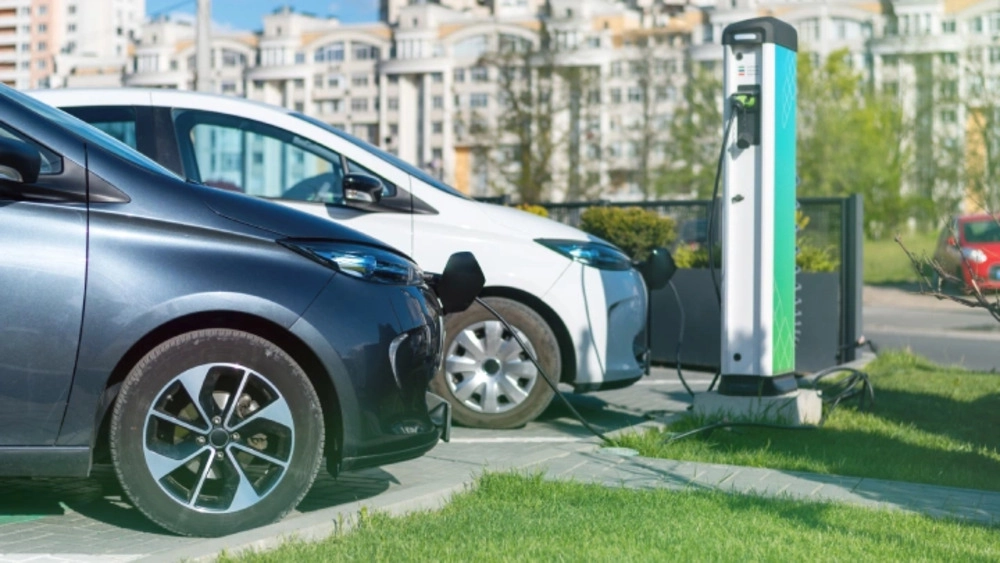“To offer effective and reliable solutions, provide after-sales service, and above all, pay attention to the needs of customers” are the keys that ensure the success of a charging infrastructure project, according to Iñigo Oraa.

The Manager of eCity Charge reveals to Mobility Portal Group the steps to achieve 100% efficient installations.
To do this, he takes as a reference one of the most innovative projects carried out by the company, which is part of a collaboration with a Spanish SOCIMI.
It involves the installation of 17 chargers in a building, which will be used by employees working in the offices located on the property.
Specifically, 15 of them are single-phase with a power of 7.4 kW, while the remaining two are three-phase, with 22 kW.
The main challenge faced in the conception of this project lies in ensuring that the total available energy capacity between the offices and the chargers does not exceed 400 kW, thus avoiding exceeding the building’s power.
The sum of the powers of all chargers amounted to 155 kW, representing a significant consumption for the property.
How did eCity Charge address this issue?
By installing a balancing system that allowed using the power not consumed by the rest of the building for the electric vehicle charging.
In this sense, they decided to implement chargers from the Spanish manufacturer Circutor.
“We observed that the brand allows for very high power when balancing power,” says Oraa.
And, regarding this, he emphasizes: “In fact, we ended up using their chargers.”
The Manager refers to the ePARK equipment, which is presented as the best option for indoor charging, with a modern and minimalist design.
These offer the maximum features required by the market, with remote management and monitoring through remote control or integration into management platforms based on the OCPP 1.6J protocol.
The chargers are specially designed for use in covered parking lots, being versatile for vehicles of any type.
They are available in both single-phase and three-phase versions, with powers of 7.4 kW and 22 kW.
According to Oraa, the ePARK model meets basic requirements.
Among them, it includes Ethernet connectivity for Internet access via wiring and has user identification systems through RFID readers.
In addition, they have built-in hoses, which significantly improves the usability of the equipment.
In this context, the representative of eCity Charge recommends installers of charging points to offer effective and reliable solutions.
“In this case, Circutor is a brand that has a lot of authority in the field of electric vehicle charging, with highly efficient equipment,” he emphasizes.
Likewise, after-sales service is a fundamental element to consider.
However, the main point that the Manager emphasizes is to pay attention to the specific needs of each customer.
“This is what guarantees the integral success of the project,” he states.
eCity Charge: Step-by-Step of This “Innovative Solution”
A year ago, eCity Charge was awarded this project.
The first step involved a careful understanding of the client’s needs.
Followed by obtaining the electrical certificate from the School of Engineering and the approval from the Ministry of Industry, Commerce, and Tourism, which took approximately a month.
The installation stage, covering the placement of chargers, wiring, and other infrastructure, was completed within a three-week period.
The wait for the delivery of balancing equipment and delays due to ongoing construction in the building, as well as external factors beyond the company’s control, took two months.
The final phase, which included the detailed configuration of the chargers and the optimization of power balancing, required collaboration with the supplier.
“The chargers have been available for some time, but the final configuration for the balancing to work correctly has caused certain delays,” he explains.
However, this situation did not exceed six months.








